April tip: Grow vegetables in small spaces
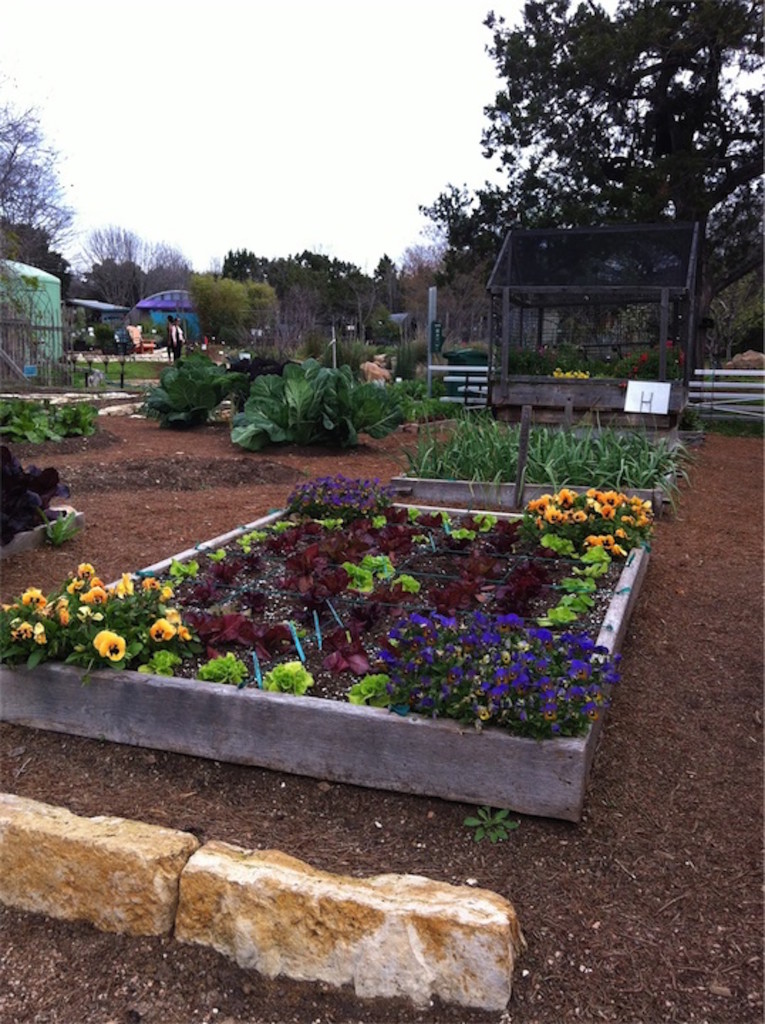
Across the country, the move toward sustainability has people eager for new and creative ways to try their hand at vegetable gardening. Perfect for those who live in urban areas, have small properties or very little time, the concept of ‘square foot’ or ‘postage stamp’ gardening is skyrocketing in popularity. Whether prompted by a desire for the freshest or most local of foods, more and more people are harvesting dinner from their own vegetable gardens.
The roots of the ‘intensive,’ or ‘postage stamp’ gardening concept are believed to date back to France in the 1890s. Another similar approach is ‘square foot gardening,’ a concept devised by Mel Bartholomew in 1981. Both methods promote the dense planting of fruits and vegetables in small spaces with highly fertile soil.
The premise is that by keeping it simple and condensed, growing tantalizing fresh fruits and vegetables becomes much more manageable.

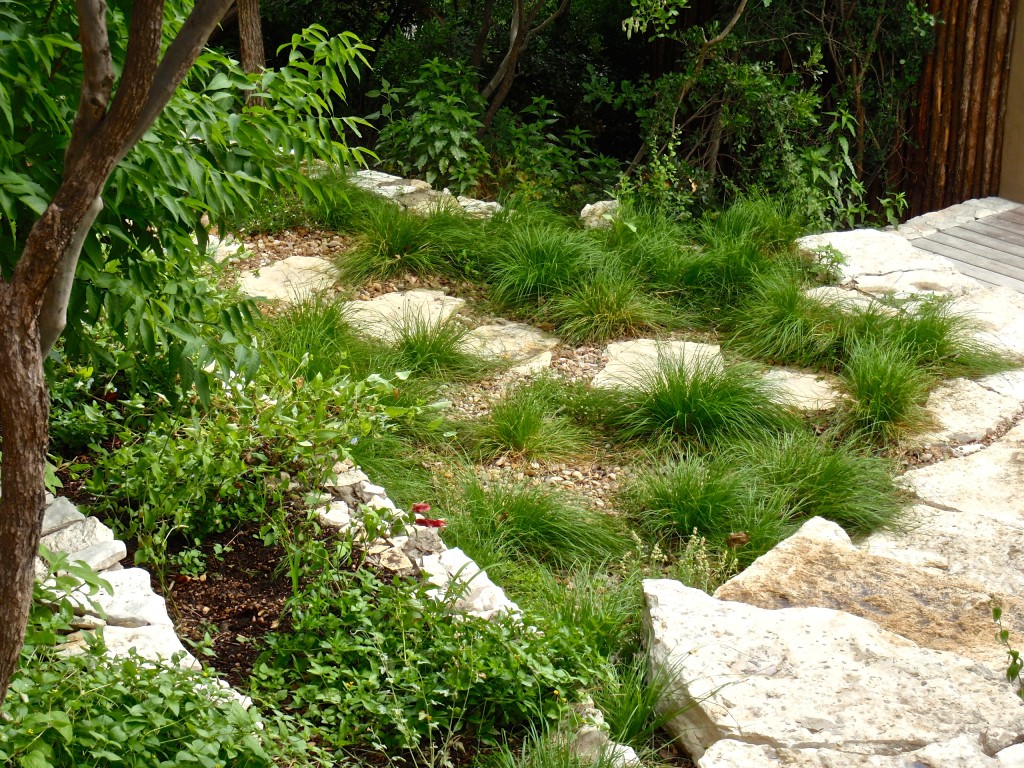
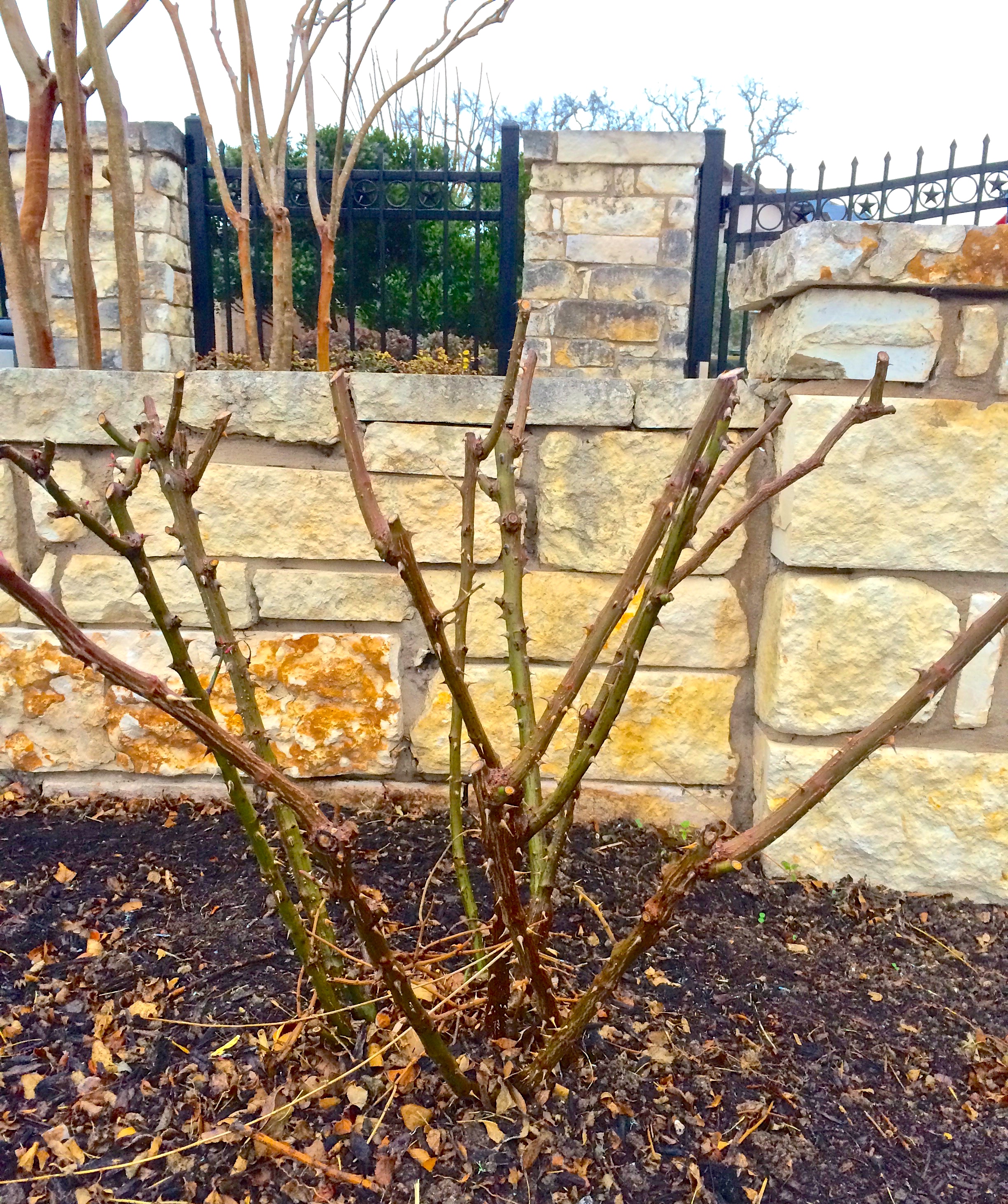 Just as most plants in the garden are starting to shoot up, it’s time to whack back your roses. Oh no, you say, I couldn’t possibly do that. But if you want healthier plants and more prolific blooms, take your shears in hand.
Just as most plants in the garden are starting to shoot up, it’s time to whack back your roses. Oh no, you say, I couldn’t possibly do that. But if you want healthier plants and more prolific blooms, take your shears in hand.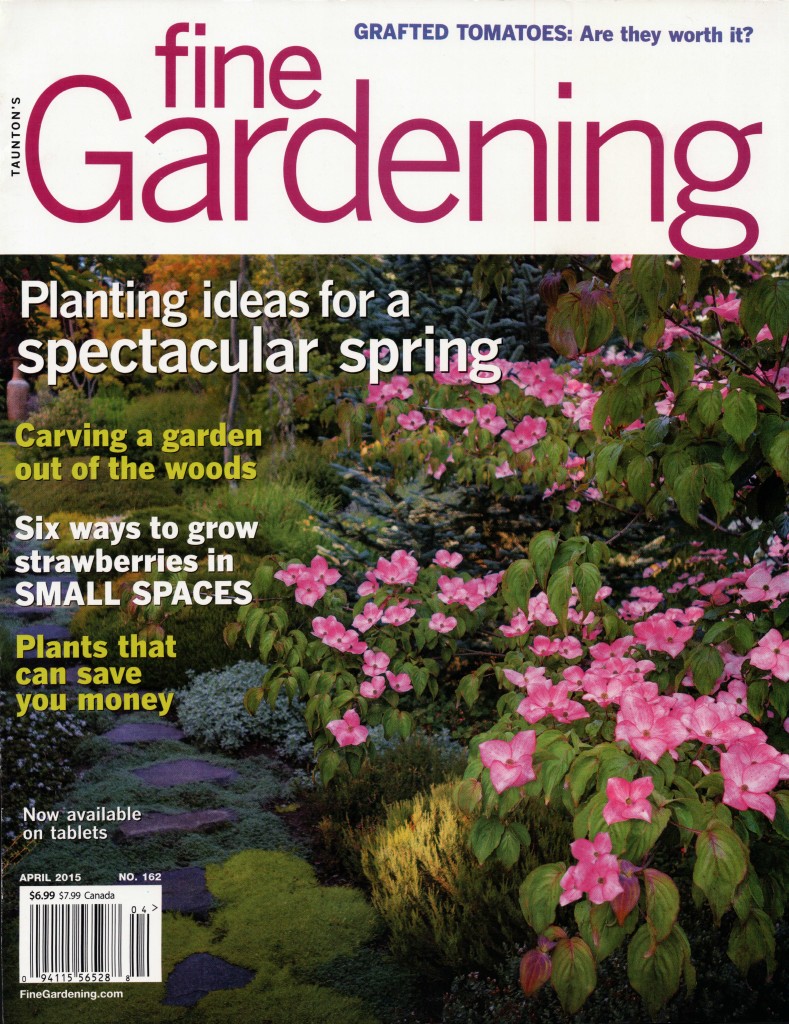
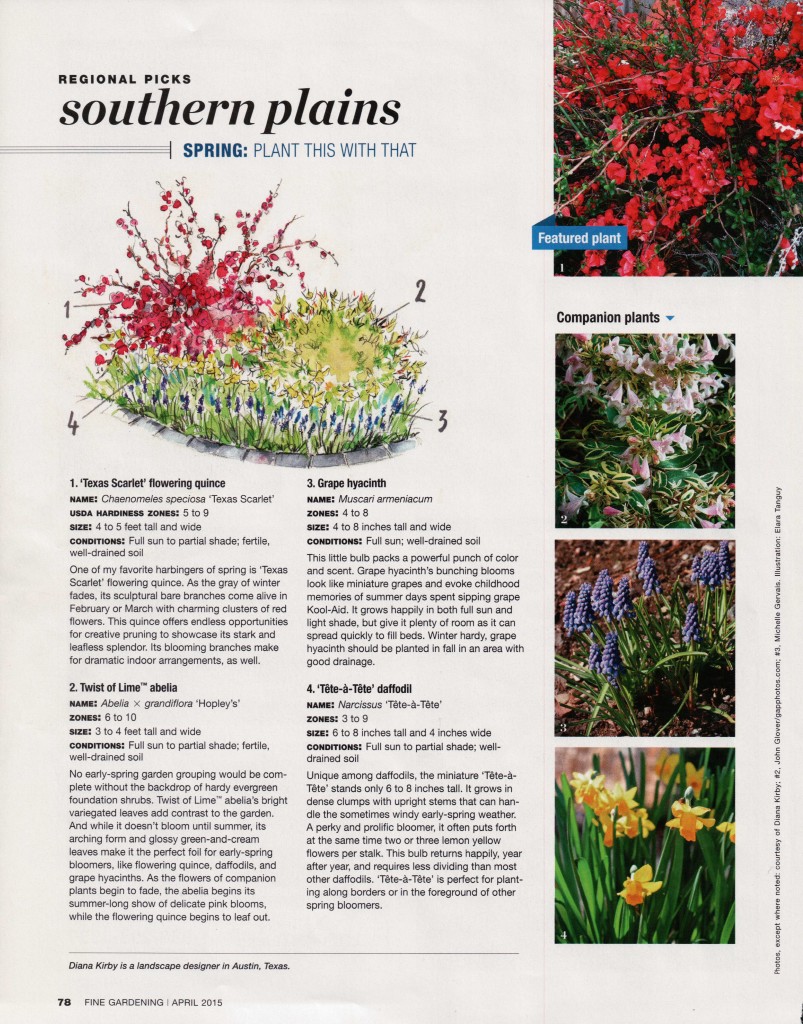
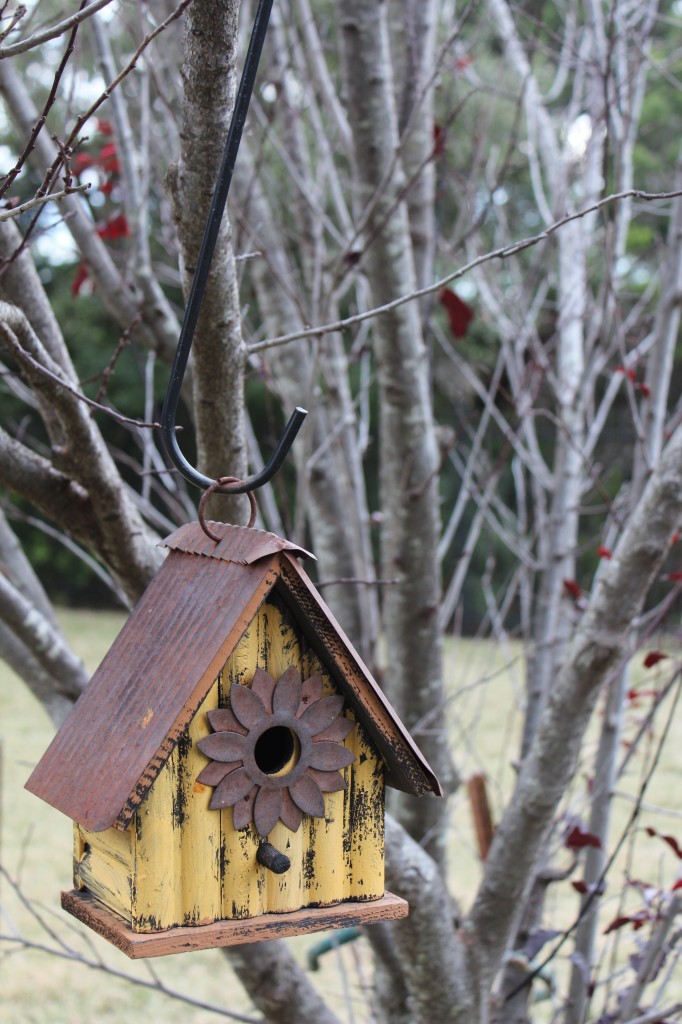
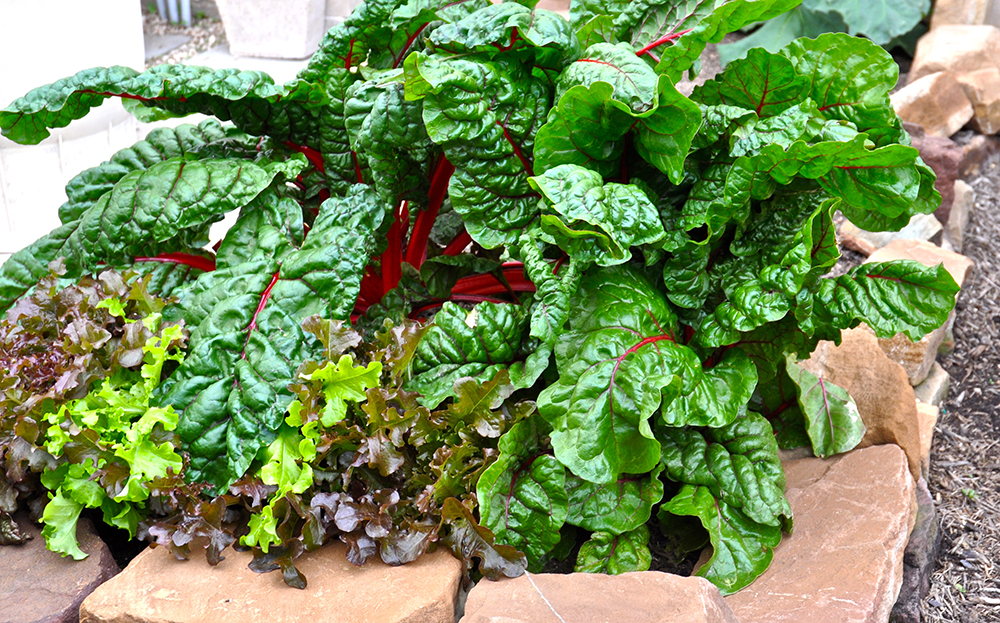 A groundswell of consumer awareness is driving changes in gardening communities across the country.
A groundswell of consumer awareness is driving changes in gardening communities across the country.